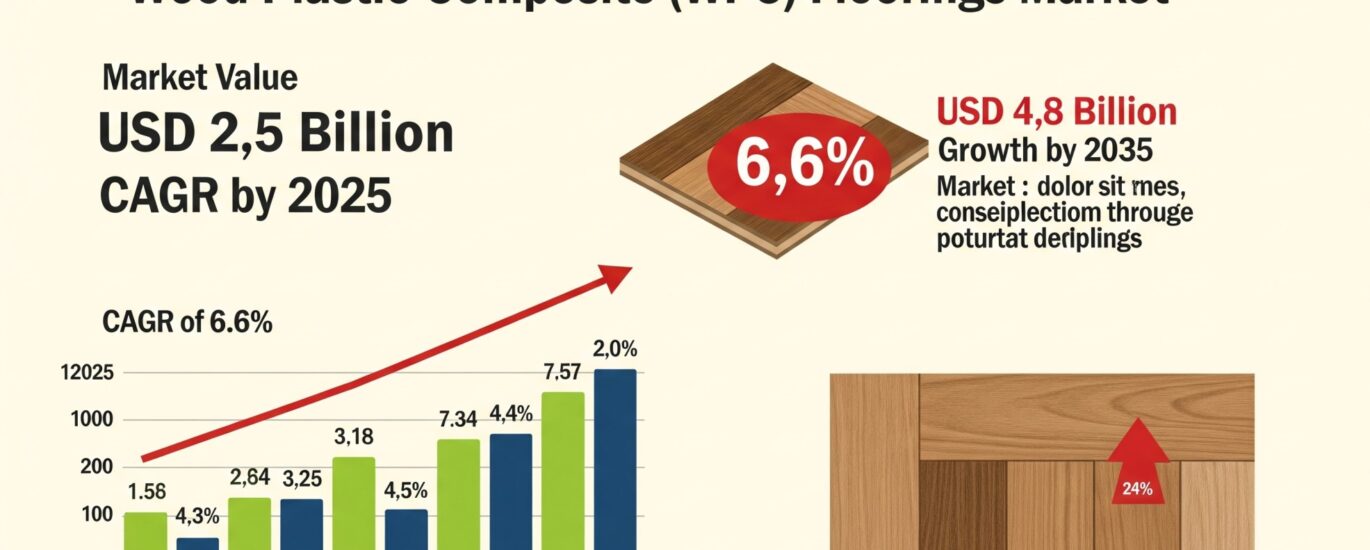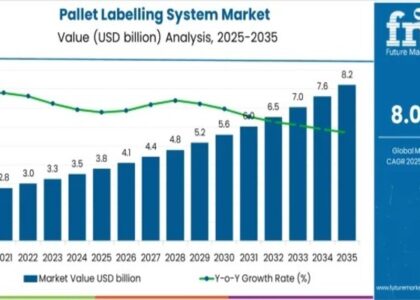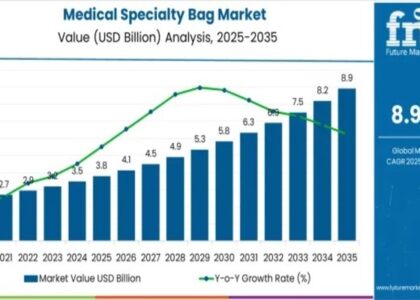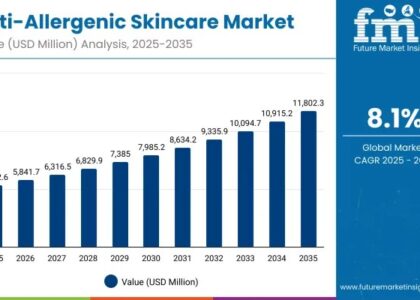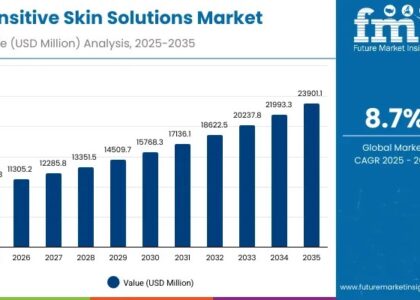The Wood Plastic Composite (WPC) floorings market has been growing steadily over recent years due to the increasing demand for sustainable building materials. However, a more in-depth look at the lesser-discussed aspects of this market reveals an array of unique opportunities and challenges that could shape its future. This content piece will explore the underappreciated, yet critical, factors influencing the WPC flooring market, focusing on its application in eco-friendly construction and its synergy with new technologies.
Introduction to WPC Flooring Market and Its Role in Sustainable Construction
WPC floorings are gaining popularity as an alternative to traditional wooden flooring due to their durability, moisture resistance, and environmental benefits. Made from a combination of wood fibers and plastic, WPC floorings offer an appealing solution to the growing concerns about deforestation and plastic waste. The construction industry, which is increasingly turning towards eco-friendly practices, has seen WPC gaining traction. The shift towards more sustainable materials in construction projects is expected to drive growth in the WPC flooring market.
𝐌𝐚𝐤𝐞 𝐈𝐧𝐟𝐨𝐫𝐦𝐞𝐝 𝐃𝐞𝐜𝐢𝐬𝐢𝐨𝐧𝐬 – 𝐀𝐜𝐜𝐞𝐬𝐬 𝐘𝐨𝐮𝐫 𝐒𝐚𝐦𝐩𝐥𝐞 𝐑𝐞𝐩𝐨𝐫𝐭 𝐈𝐧𝐬𝐭𝐚𝐧𝐭𝐥𝐲! https://www.futuremarketinsights.com/reports/sample/REP-GB-12551
However, the focus on sustainability is not just about replacing one material with another; it’s about the broader impact of these materials on the environment. The transition to WPC flooring represents a significant step towards circular economy practices, where the use of recycled and recyclable materials can help mitigate the environmental footprint of the building industry.
Uncommon Insights: The Role of WPC in Carbon Footprint Reduction
While most discussions around WPC flooring center on its benefits over traditional wood, few address its potential to reduce the overall carbon footprint of construction projects. WPC materials, when manufactured using recycled plastics and sawdust, can have a significantly lower environmental impact than virgin materials. This is especially crucial in a world increasingly concerned with carbon emissions and the reduction of fossil fuel dependency.
For instance, WPC flooring that incorporates recycled HDPE (High-Density Polyethylene) plastics not only diverts plastic waste from landfills but also reduces the need for petroleum-based resources. Moreover, the energy required for WPC production is often lower than that for processing traditional wood or other composite materials. These hidden environmental benefits place WPC flooring at the forefront of sustainable building material innovations.
Technological Advancements and Their Impact on WPC Flooring Durability and Aesthetics
The development of advanced technologies in WPC flooring production has been a game-changer. Recent breakthroughs in extrusion and molding processes have significantly enhanced the durability and aesthetic appeal of WPC flooring. The most notable advancements include improved UV resistance, stain resistance, and the ability to replicate the look and feel of natural wood more convincingly.
One particularly interesting innovation is the development of co-extruded WPC, where an additional layer of protective material is applied over the core to provide enhanced resistance to wear, fading, and scratches. This technology not only extends the lifespan of the product but also opens the door to new design possibilities, such as textured and embossed finishes that simulate the intricate grains and patterns found in natural wood.
𝐔𝐧𝐥𝐨𝐜𝐤 𝐂𝐨𝐦𝐩𝐫𝐞𝐡𝐞𝐧𝐬𝐢𝐯𝐞 𝐌𝐚𝐫𝐤𝐞𝐭 𝐈𝐧𝐬𝐢𝐠𝐡𝐭𝐬 – 𝐄𝐱𝐩𝐥𝐨𝐫𝐞 𝐭𝐡𝐞 𝐅𝐮𝐥𝐥 𝐑𝐞𝐩𝐨𝐫𝐭 𝐍𝐨𝐰: https://www.futuremarketinsights.com/reports/wood-plastic-composite-floorings-market
Furthermore, the integration of nanotechnology into WPC manufacturing processes is helping improve the performance characteristics of these materials. Nanoparticles can enhance the material’s resistance to mold and mildew, improve water resistance, and even boost fire resistance—all factors that are especially important for flooring in humid or high-traffic areas.
Market Drivers: Shifting Consumer Preferences and Regulatory Support for Sustainable Materials
Consumer preference for sustainable products continues to grow, with a particular emphasis on materials that are both eco-friendly and cost-effective. WPC flooring fits perfectly into this trend, offering the aesthetic qualities of wood with a much lower environmental impact. It also provides the added benefit of low maintenance and longer lifespan compared to traditional flooring options, which appeals to consumers looking for long-term solutions.
In addition to consumer demand, regulatory frameworks around the world are increasingly encouraging the use of environmentally responsible materials. Governments are offering incentives for using recycled and sustainable materials in construction, and green building certifications like LEED (Leadership in Energy and Environmental Design) are increasingly promoting WPC products. These certifications can significantly influence decision-makers in the construction industry, pushing them towards sustainable materials like WPC.
For example, countries in Europe have already implemented strict regulations requiring the construction sector to reduce its carbon emissions. In response, WPC manufacturers are adopting more eco-friendly production methods and offering products with certified sustainable sourcing, aligning with the region’s sustainability goals.
Regional Insights: Asia-Pacific’s Emerging Role in WPC Flooring Production and Consumption
While North America and Europe have been the dominant markets for WPC flooring, Asia-Pacific is rapidly emerging as a key player. This region is not only witnessing a surge in demand for WPC flooring due to rapid urbanization and growing construction activities but is also becoming a hub for WPC production. China, in particular, has seen a significant rise in the number of WPC manufacturing plants, driven by both domestic demand and export opportunities.
General & Advanced Materials Industry Analysis: https://www.futuremarketinsights.com/industry-analysis/general-and-advanced-materials
The growing importance of WPC flooring in Asia is also linked to the region’s push towards sustainable development. With countries like India and China looking to build more energy-efficient and environmentally responsible infrastructure, the demand for green building materials, including WPC, is poised to rise. Additionally, the availability of affordable labor and raw materials in these countries makes them attractive destinations for WPC production, further boosting their role in the global market.
A Bright Future for WPC Flooring in Sustainable Architecture
As the demand for sustainable and durable flooring options continues to rise, the role of Wood Plastic Composite (WPC) flooring in eco-friendly construction will only grow. Its advantages—such as low environmental impact, superior durability, and aesthetic versatility—position it as a frontrunner in the market for green building materials. Furthermore, ongoing technological advancements in manufacturing processes are making WPC even more appealing to both consumers and industry professionals.


